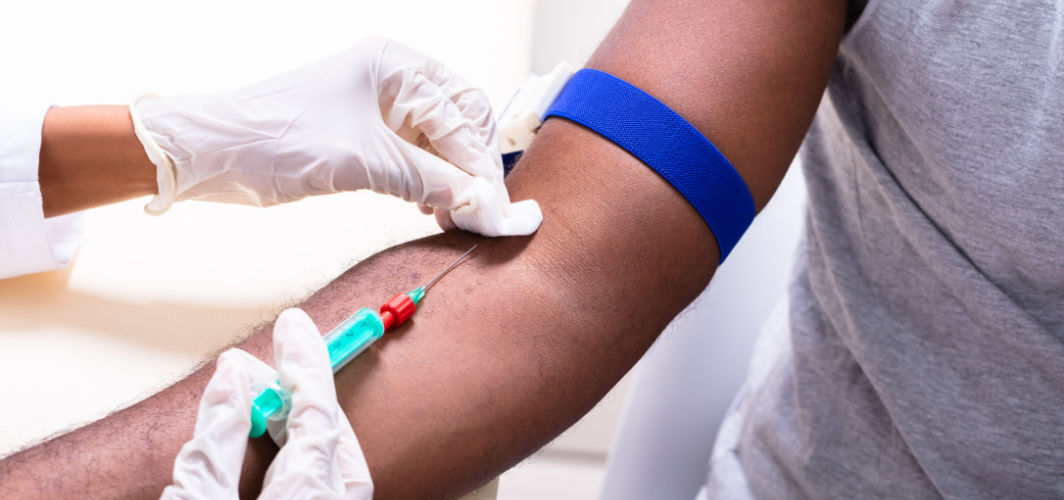Diabetes Management
Eating Out in Festivals: Tips for a Healthier Dining Experience
1 min read

You can enjoy dining out in restaurants even if you have diabetes. However, it is essential to be conscious while indulging in culinary delights. Here are some tips for you to navigate dining out in diabetes:
- Plan Beforehand
Reviewing the menu before heading to the restaurant is always a good idea. This would allow you to choose dishes that align with your dietary needs.
- Watch Portions
Servings in restaurants are often larger than what you eat at home. Hence, it is important to share a dish with a dining companion or request to get a portion packed for later.
- Choose Wisely
Opt for lean proteins and select dishes that feature vegetables. Avoid fried or heavily sauced items.
- Control Carbohydrates
Be cautious of carbohydrate-rich options. Request whole grains, if available, and ask for substitutions like extra veggies instead of rice or potatoes.
- Dressings and Sauces on the Side
Request salad dressings, sauces, and condiments on the side. This way, you can control the amount you use.
- Monitor Beverages
Sugary drinks can significantly impact blood sugar levels. Choose water, unsweetened tea, or diet beverages instead.
- Be Mindful of Desserts
If you'd like dessert, share it with others at your table, or choose a small, lower-sugar option.
- Communicate Clearly
Don't hesitate to inform the restaurant representative about your dietary restrictions due to diabetes. They can often provide helpful suggestions and accommodate your needs.
- Stay Consistent
Try to stick to your regular eating schedule as closely as possible. Consistency in meal timing can help maintain stable blood sugar levels.
Conclusion
Remember, dining out with diabetes doesn't mean you can’t indulge in cheat meals. By making informed choices and being mindful of your dietary needs, you can enjoy your dining experience while managing your blood sugar levels effectively.
Diabetes Management
Leave Comment
Recommended for you

Diabetes Management
Diabetes & Sleep Cycle: Is there a Connection?
Diabetes can interfere with your sleep cycle as it causes fluctuating blood sugar levels. This chronic condition affects millions worldwide. It can trigger insomnia, night sweats, and even nightmares since high and low blood sugar extremes disturb the sleep cycle. Moreover, diabetes elevates the risk of sleep apnea, characterised by pauses in breathing during sleep. Neuropathy, a frequent complication of diabetes, can also lead to discomfort in the legs and feet. Recognizing these connections and being proactive in diabetes management can improve sleep quality and overall well-being.

Diabetes Management
All You Need To Know About Diabetes
This comprehensive guide provides a detailed overview of diabetes mellitus, exploring its various types, causes, symptoms, diagnosis methods, complications, and treatment options. The article emphasizes the importance of understanding the causes and risk factors of diabetes, including heredity, insulin resistance, obesity, genetic disorders, hormonal imbalances, and unhealthy lifestyle choices.

Diabetes Management
Top 4 Tests For Diabetes Diagnosis
The top four tests for diabetes diagnosis include the Fasting Blood Sugar Test (FBS), which checks for elevated blood sugar levels after an overnight fast, with a reading of 126 mg/dL or higher on two occasions indicating diabetes. The Hemoglobin A1c Test provides an average blood sugar level over time, with an A1c level of 6.5% or higher suggesting diabetes. The Oral Glucose Tolerance Test measures how your body processes glucose after fasting and a glucose challenge, and finally, the Random Blood Sugar Test measures blood sugar levels at any time, with a reading of 200 mg/dL or higher signaling diabetes.
Subscribe
Sign up for our free Health Library Daily Newsletter
Get doctor-approved health tips, news, and more.
Visual Stories

8 Fruits That are Incredibly Healthy for Diabetes
Tap to continue exploring
Recommended for you

Diabetes Management
Diabetes & Sleep Cycle: Is there a Connection?
Diabetes can interfere with your sleep cycle as it causes fluctuating blood sugar levels. This chronic condition affects millions worldwide. It can trigger insomnia, night sweats, and even nightmares since high and low blood sugar extremes disturb the sleep cycle. Moreover, diabetes elevates the risk of sleep apnea, characterised by pauses in breathing during sleep. Neuropathy, a frequent complication of diabetes, can also lead to discomfort in the legs and feet. Recognizing these connections and being proactive in diabetes management can improve sleep quality and overall well-being.

Diabetes Management
All You Need To Know About Diabetes
This comprehensive guide provides a detailed overview of diabetes mellitus, exploring its various types, causes, symptoms, diagnosis methods, complications, and treatment options. The article emphasizes the importance of understanding the causes and risk factors of diabetes, including heredity, insulin resistance, obesity, genetic disorders, hormonal imbalances, and unhealthy lifestyle choices.

Diabetes Management
Top 4 Tests For Diabetes Diagnosis
The top four tests for diabetes diagnosis include the Fasting Blood Sugar Test (FBS), which checks for elevated blood sugar levels after an overnight fast, with a reading of 126 mg/dL or higher on two occasions indicating diabetes. The Hemoglobin A1c Test provides an average blood sugar level over time, with an A1c level of 6.5% or higher suggesting diabetes. The Oral Glucose Tolerance Test measures how your body processes glucose after fasting and a glucose challenge, and finally, the Random Blood Sugar Test measures blood sugar levels at any time, with a reading of 200 mg/dL or higher signaling diabetes.